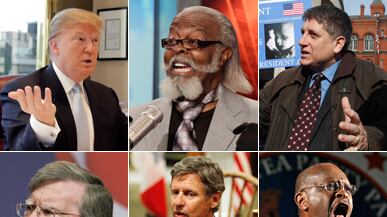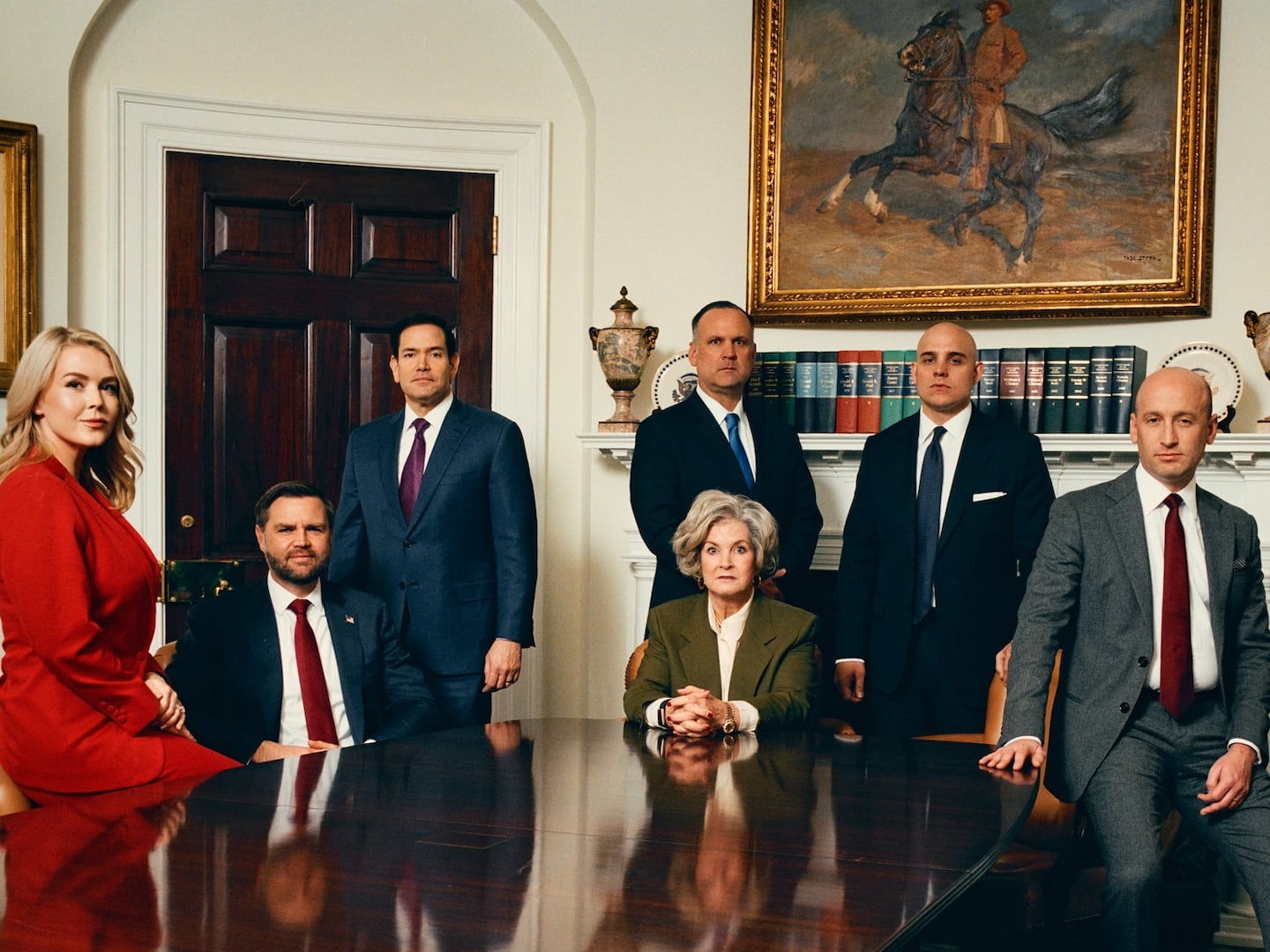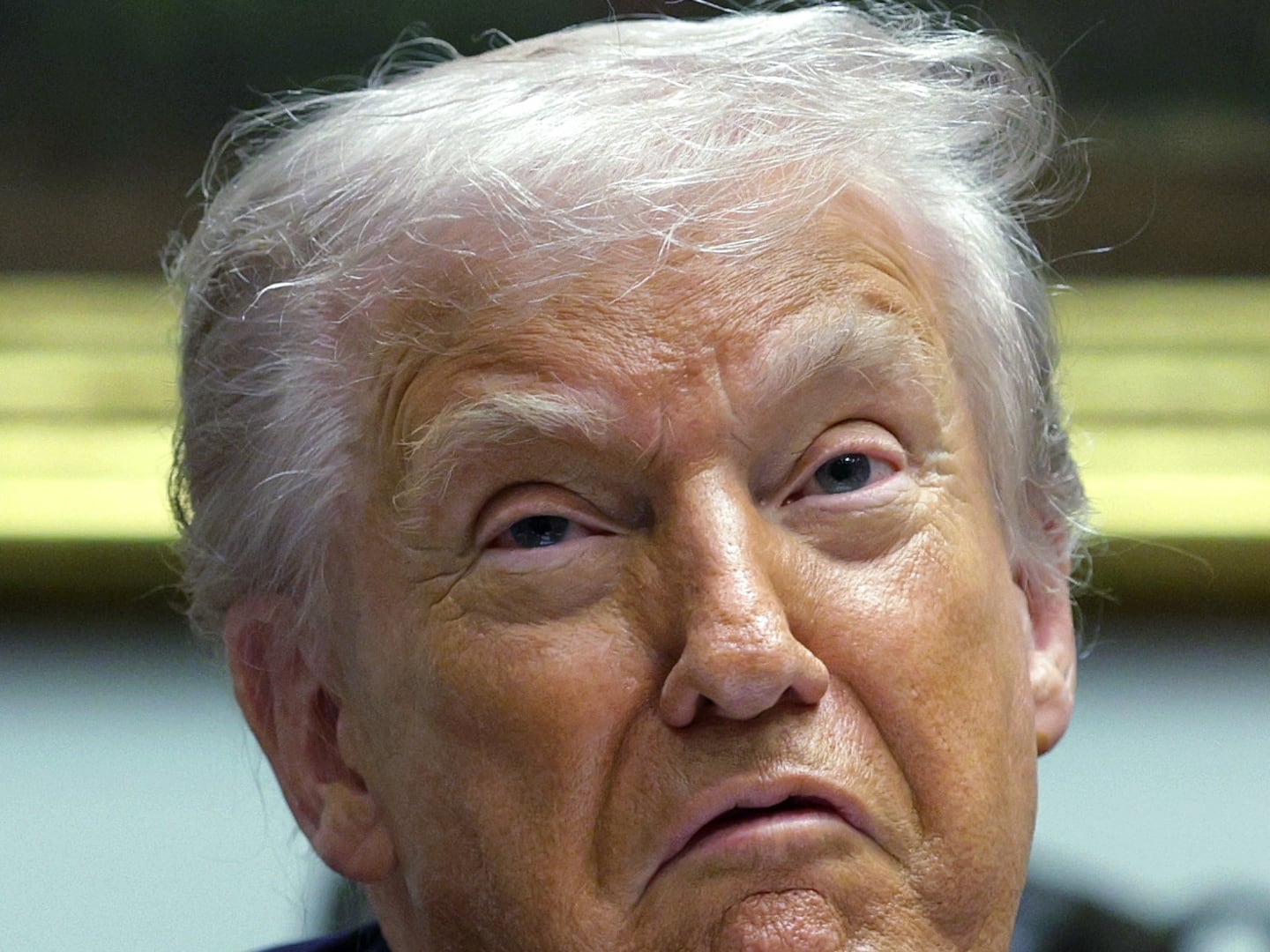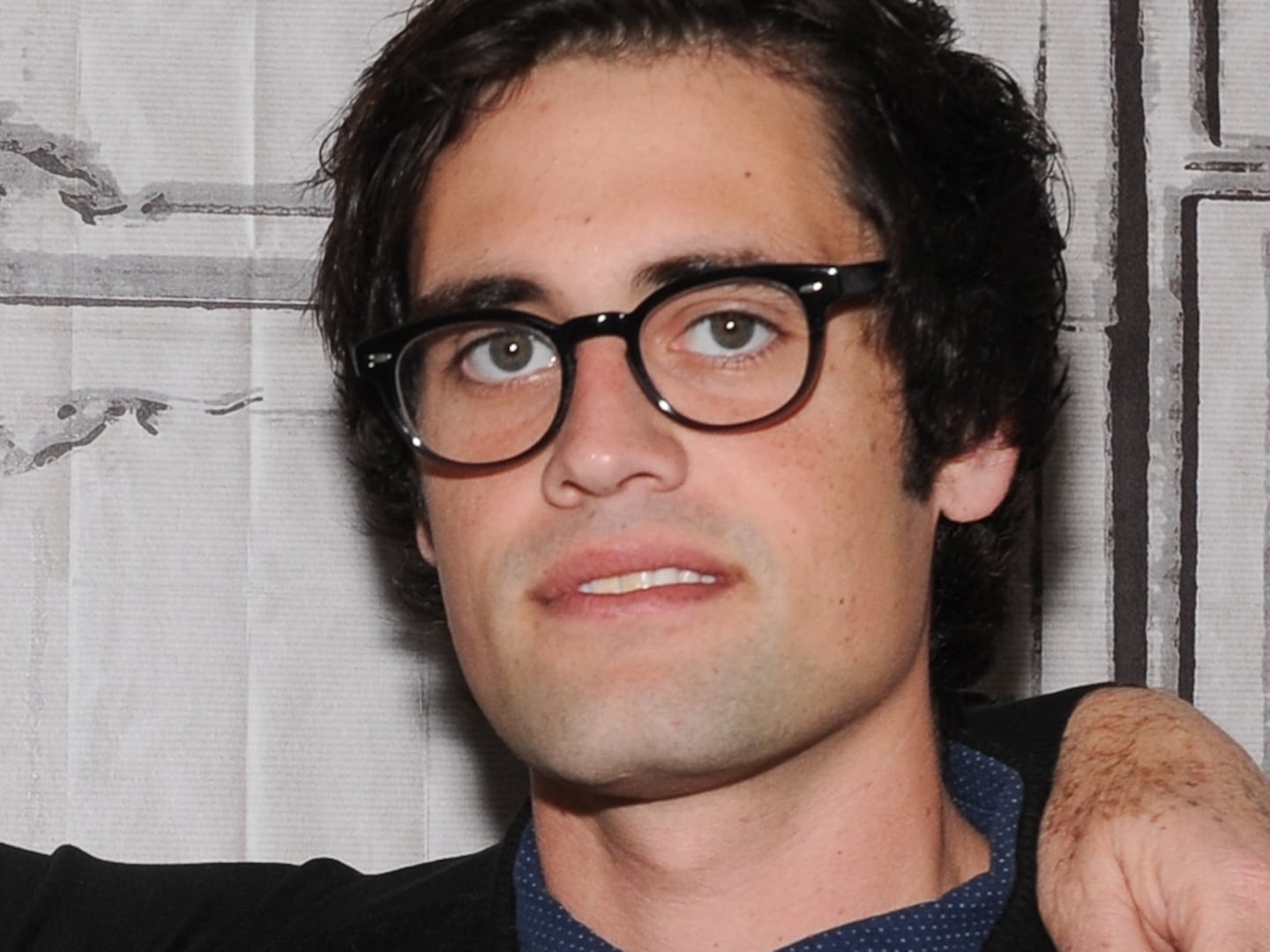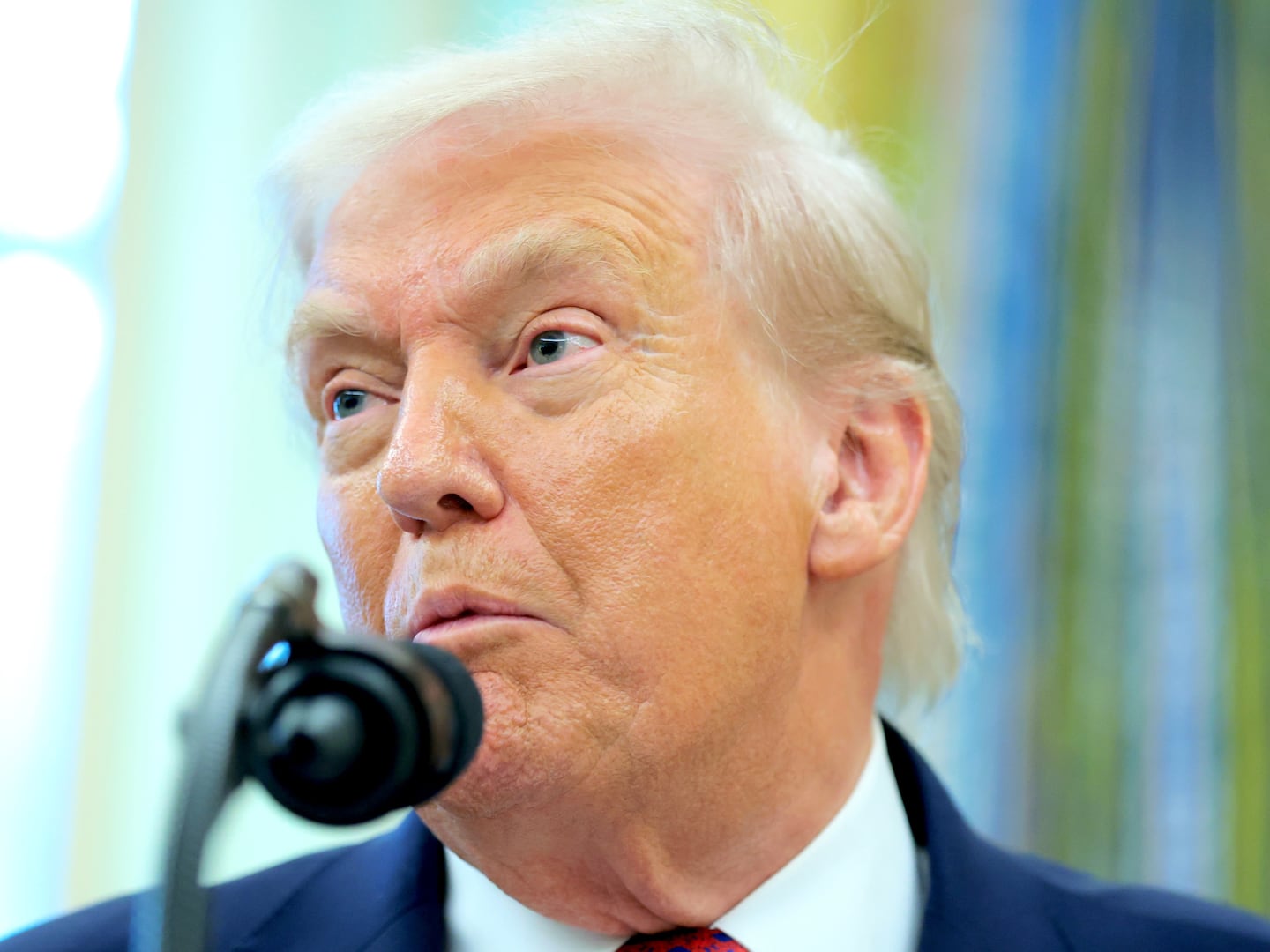The constitutional requirements for running for president are pretty simple. A candidate has to be 35 years of age and has to be a natural-born citizen. Conspicuously missing from that list: a requirement that a candidate has any real chance of winning.
Gallery: 2012’s Lovable Long Shots

In fact, there’s a rich tradition of Americans stepping up and exercising their right to run despite overwhelming odds. From Harold Stassen in the 1960s to Dennis Kucinich in the aughts, politicians (and amateurs) with little hope of setting foot in the Oval Office have launched campaigns just to promote specific issues, constituencies or—more often than not—themselves.
“They are always with us, especially if a party is in trouble,” Sean Wilentz, a professor of history at Princeton ( and a contributor to Newsweek/The Daily Beast), says of these non-contenders. The GOP’s lack of a single coherent identity might explain the vast number of long-shot Republicans testing the waters for 2012, in addition to an equally large crop of more serious candidates, he says.
There was a time when a relatively unknown candidate could make waves—and perhaps even win a nomination—like James K. Polk, who became president in 1844 because of disarray in the Democratic Party. Today, though, the primary system makes it harder for a dark horse to make a splash. “It’s a foregone conclusion a lot earlier,” Wilentz says. “The chances of a brokered convention where a candidate becomes the party leaders’ favorite after a process of elimination—that’s much less likely to happen.”
In the modern era, it’s Stassen’s name that is synonymous with long-shot presidential campaigns. The Republican launched his first attempt in 1944, shortly after resigning the office of governor of Minnesota to go on active military service. Although he came up well short of Thomas Dewey that year, it didn’t deter him from running again in 1948—and 1952, and 1964, 1968, 1976, 1980, 1984, 1988, 1992, 1996, and 2000. With each year, Stassen’s viability as a candidate faded, and by 1964 he couldn’t even win a race for mayor of Philadelphia, where he had moved to serve as president of the University of Pennsylvania. Although it was the only presidency Stassen would hold, only his death in 2001 managed to keep him from running for the White House in 2004.
While no present-day candidate approaches Stassen’s track record, his eventual status as a laughingstock hasn’t stopped plenty of long shots from throwing their hats in the ring in 2012. Most of them are on the Republican side, where the race is still seen as wide open—although still not wide open enough for most of them to have a fighting chance. Some of them may see Rep. Ron Paul’s 2008 run as a model: Although Paul never seriously threatened to capture Republican nomination, his emphasis on fiscal conservatism has been hailed as a harbinger of the Tea Party movement that arose not long after the election.
On the Democratic side, President Obama is likely to face primary opponents in some states, too, even though the last incumbent who sought his party’s re-nomination and didn’t get it was Andrew Johnson—in 1868.
David Graham is a reporter for Newsweek covering politics, national affairs, and business. His writing has also appeared in The Wall Street Journal and The National in Abu Dhabi.

